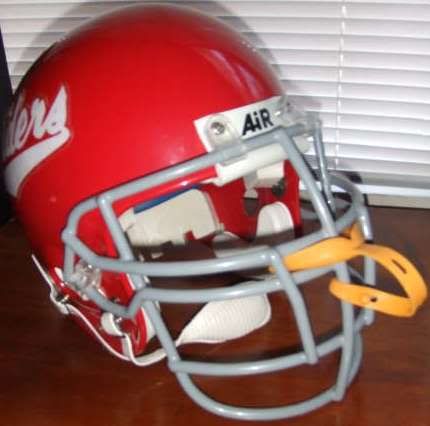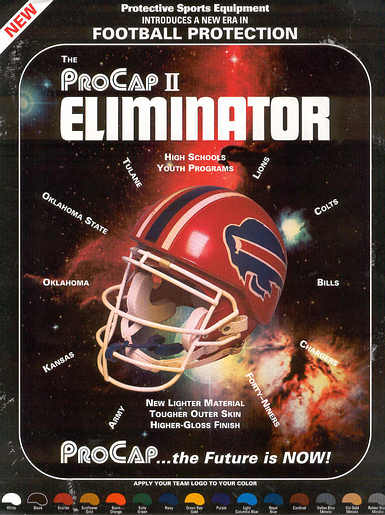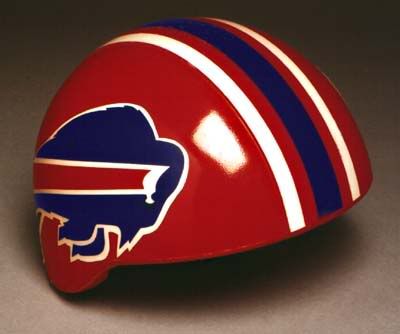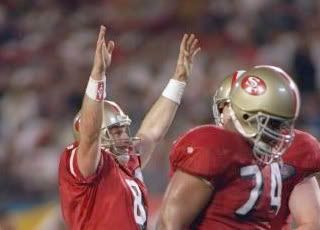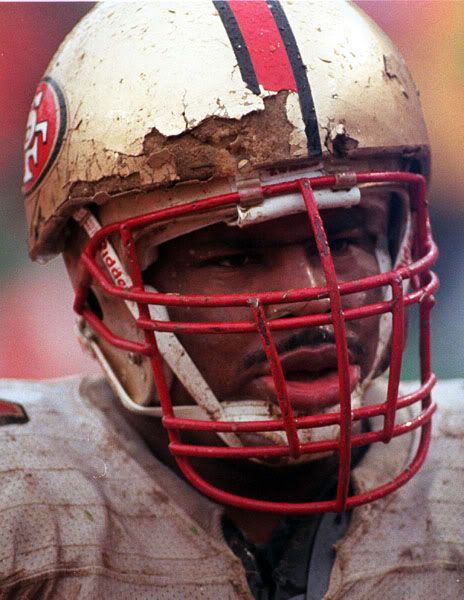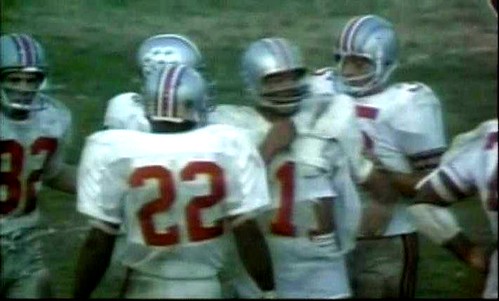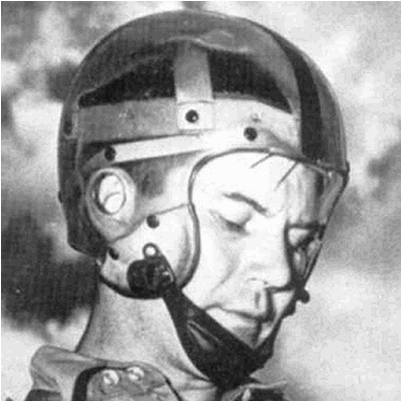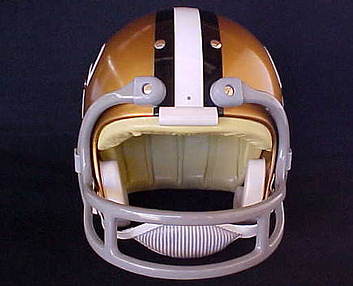Jimmy Chitwood
Hall of Famer
you guys are just plain weird.









PhillyBirds said:I am also told that they can occasionally fog up if it is particularly hot or humid.



PhillyBirds said:

Gi-15 said:btw, Chris Cooley dropped the new revolution helmet and went back to the old revolution, fortunatly for our eyes!
